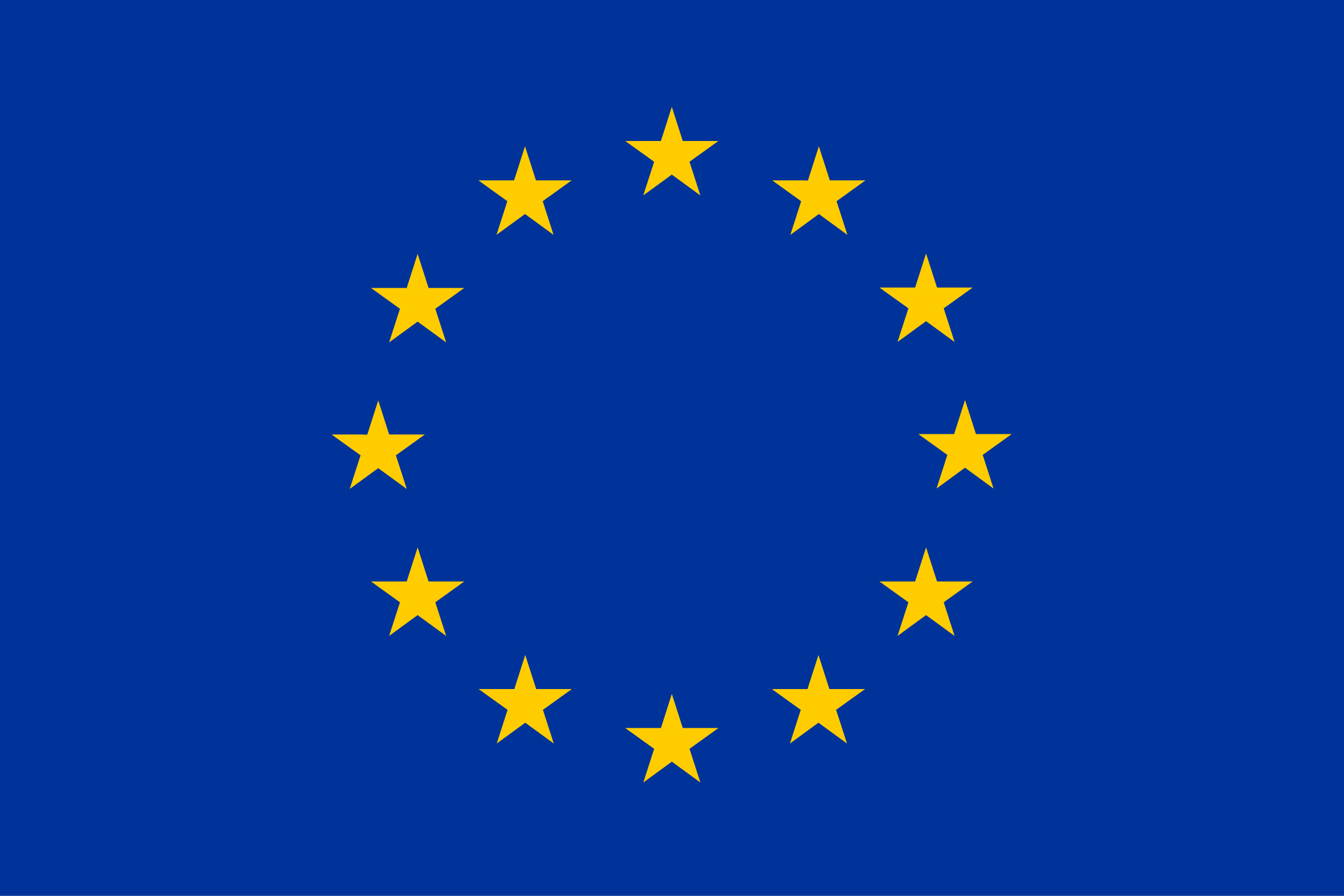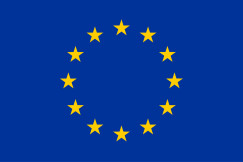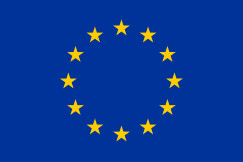Legislation
27 March 2025
Microbiological Criteria for Foodstuffs
Legislation
27 March 2025
1. Healthy, balanced and sustainable diets for all European consumers
2. Prevention and reduction of food loss and waste
3. A climate - neutral food chain in Europe by 2050
+4 more
Login / create an account to be able to react
-
32

Regulation (EU) No 2073/2005 establishes microbiological criteria for foodstuffs to ensure food safety. It sets out food safety criteria for relevant foodborne bacteria, their toxins, and metabolites, ensuring that food products do not pose an unacceptable risk to human health.
Editorial team
European Commission - DG SANTE
Topics
EU-27
EU Institutions
-
CoC aspirational objectives
-
-
1. Healthy, balanced and sustainable diets for all European consumers
-
2. Prevention and reduction of food loss and waste
-
3. A climate - neutral food chain in Europe by 2050
-
4. An optimised circular and resource-efficient food chain in Europe
-
5. Sustained, inclusive and sustainable economic growth, employment and decent work for all
-
6. Sustainable value creation in the European food supply chain through partnership
-
7. Sustainable sourcing in food supply chains
-
Share
Regulation (EU) No 2073/2005, sets microbiological criteria for foodstuffs to ensure they are safe for consumption. It provides clear guidelines for food business operators to ensure their products are safe, thereby reducing the risk of foodborne illnesses.
The regulation applies to all food business operators involved in the food chain, covering all foods intended for final consumption, including those supplied to mass caterers. It establishes food safety criteria for relevant foodborne bacteria, their toxins, and metabolites, such as Salmonella, Listeria monocytogenes, Enterobacter sakazakii, staphylococcal enterotoxins, and histamine in specific foods.
Food business operators must implement good hygiene practices and Hazard Analysis and Critical Control Points (HACCP) principles to comply with the regulation. They are required to conduct regular testing and monitoring to ensure their products meet the established microbiological criteria. The regulation also mandates that food information must not mislead consumers or falsely suggest special characteristics or effects. Labels must be clear, accurate, and easy to understand.
The regulation has been in force since 2006 and is managed by the European Commission.
Related content:
Commission Implementing Regulation (EU) 2018/775 laying down rules for the application of Article 26(3) of Regulation (EU) No 1169/2011 on the provision of food information to consumers, as regards the rules for indicating the country of origin or place of provenance of the primary ingredient of a food.
Technical guidance document on shelf-life studies for Listeria monocytogenes in Ready to eat (RTE) foods
Comments (0)
See also
-
5
Nutrition and Health Claims
- Categories
- 2. Prevention and reduction of food loss and waste 3. A climate - neutral food chain in Europe by 2050 4. An optimised circular and resource-efficient food chain in Europe +3 more
-
17
Regulation on aid compatible with the internal markets
- Categories
- 2. Prevention and reduction of food loss and waste 3. A climate - neutral food chain in Europe by 2050 4. An optimised circular and resource-efficient food chain in Europe +3 more
-
5
Barriers to trade
- Categories
- 2. Prevention and reduction of food loss and waste 3. A climate - neutral food chain in Europe by 2050 4. An optimised circular and resource-efficient food chain in Europe +3 more




